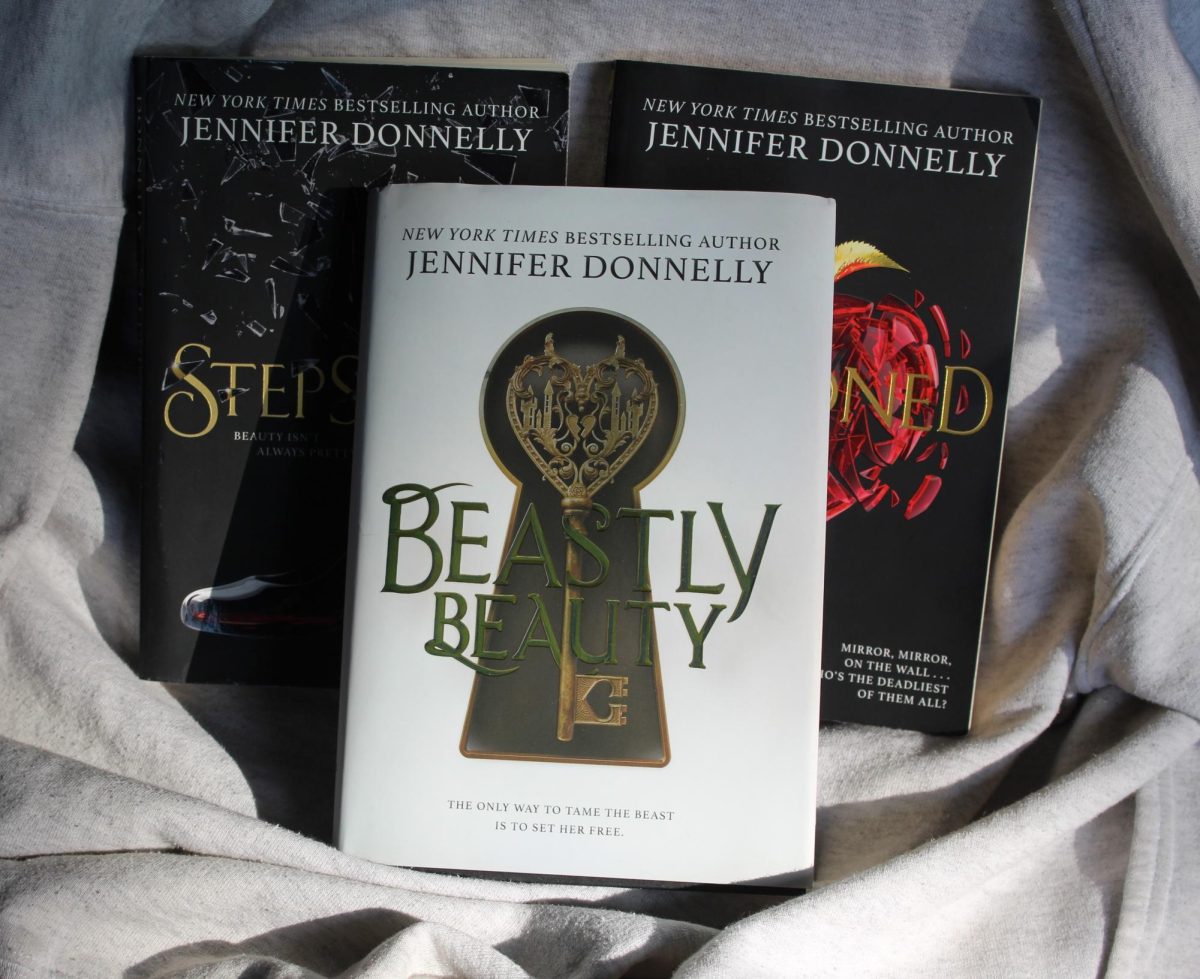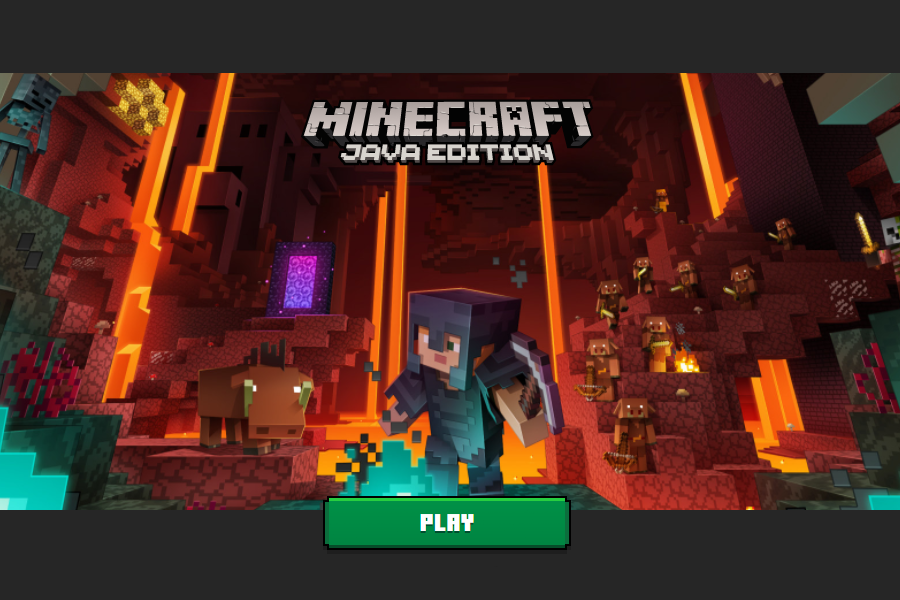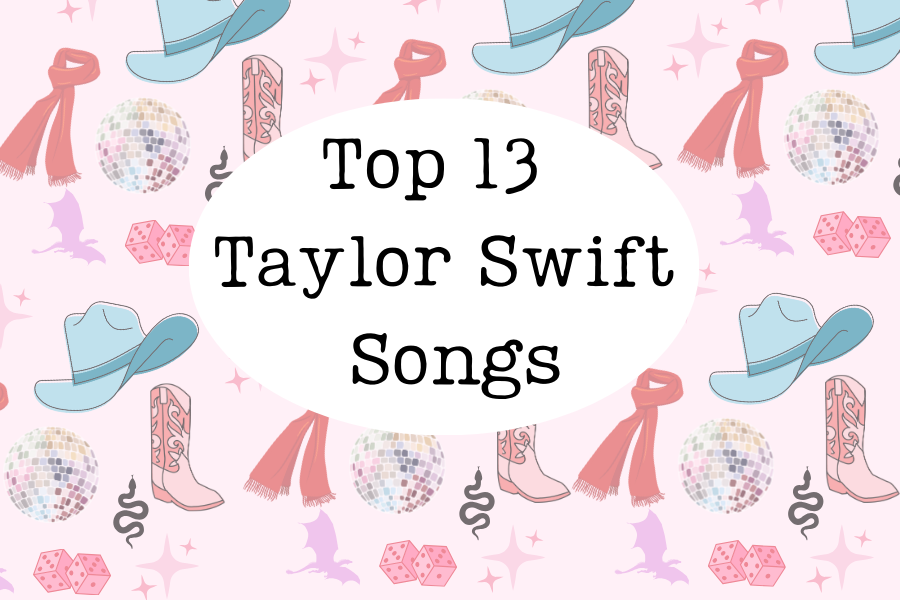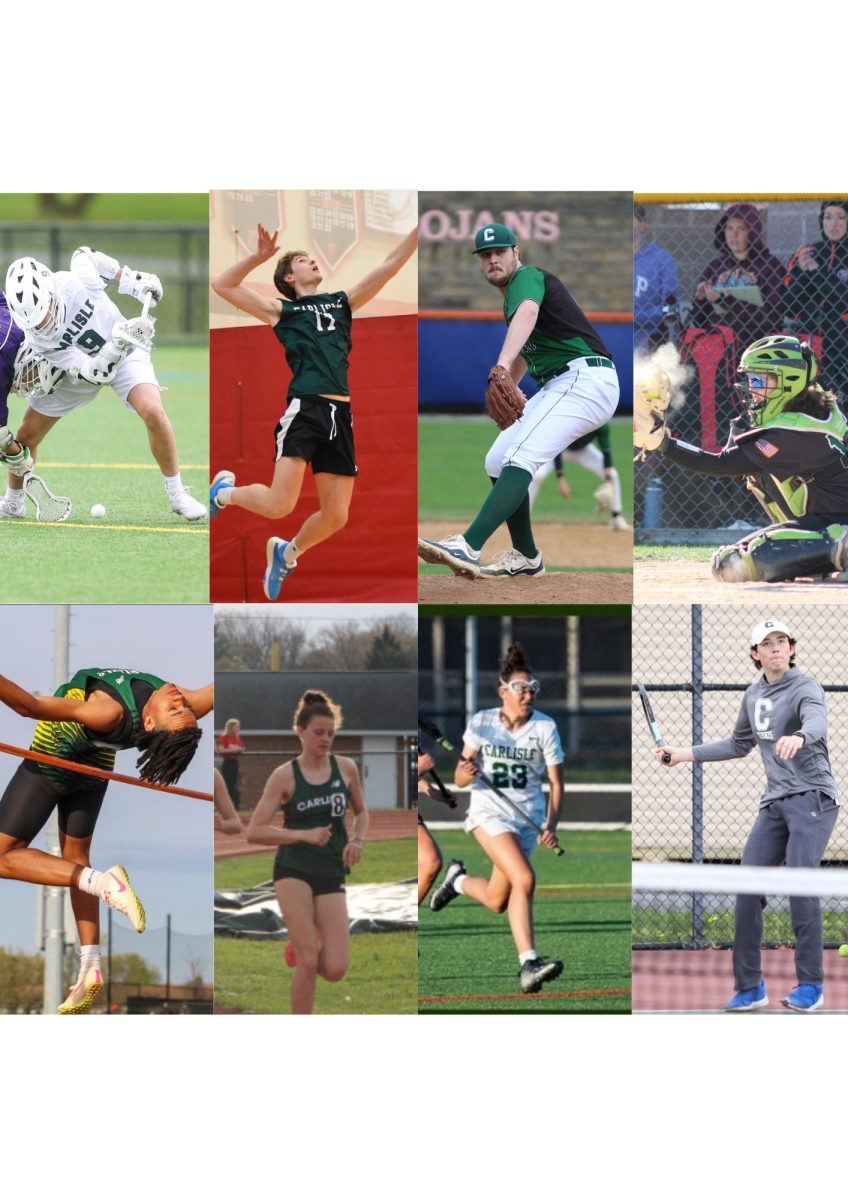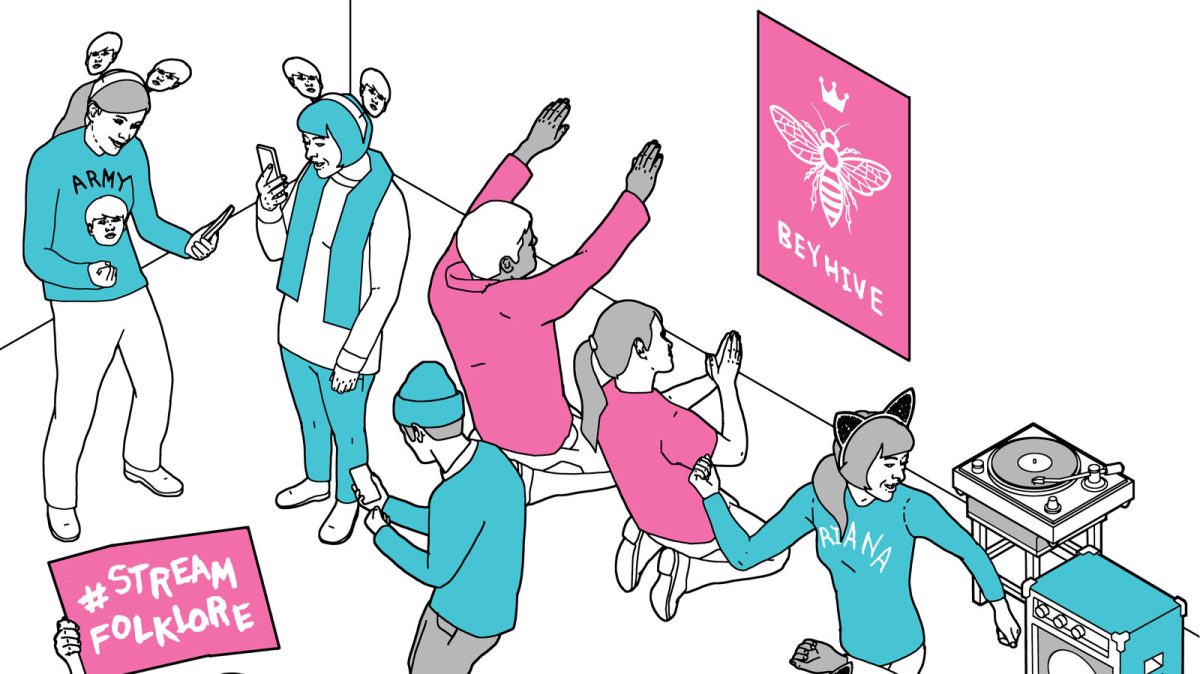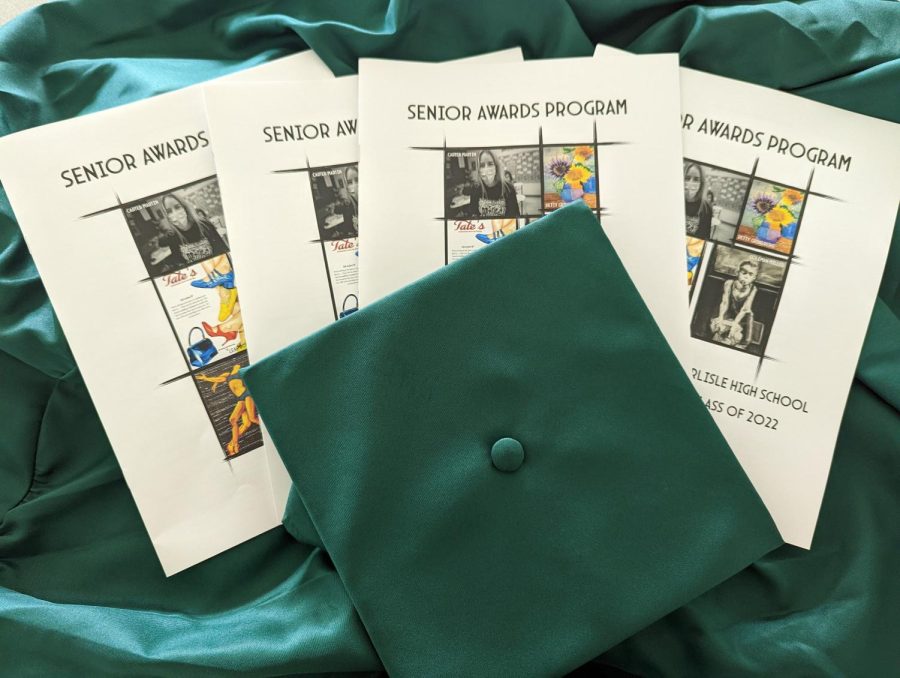In recent years, consumers are attempting to move away from mass produced goods in favor of more sustainable products. After a few summers of feeling the effects of climate change, people have gotten much more diligent about recycling, lowering their emissions, contributing less to microplastics in water and using less plastic overall. Part of this transition has been the slow phasing out of plastic, disposable water bottles, opting for higher quality reusable ones. In the stead of hydration, metal water bottles have skyrocketed in popularity, becoming a status symbol indicating that the owner of said product cares about the environment by simply owning it. Being part of a select few products where the selfless action is simply owning it, like trash grabbers or a rescue pet. Everybody wanted to own and carry around a metal water bottle.
The first brand to ride this wave of popularity was HydroFlask, the water bottle that was altruistic AND trendy to own. It was also practical, being about $40 and keeping the contents at a consistent temperature for a full 24 hours. 2019-2020 was the era of HydroFlask, and anyone who went to school at that time will remember the earth-shattering sound of one of those water bottles hitting the floor in class. It felt like everyone had one, and it was just another case of a trendy product mass marketed as “eco-friendly.” Anything to help the environment, right?
In the second half of 2020 and the beginning of 2021, the infamous COVID-19 pandemic was at its peak and using water bottles was impractical because most people were stationed right next to their home sinks anyways, but a while after the lockdown ended, a new metal water bottle emerged, the new beacon of status. Stanley cups, with their top heavy design and handles, became the new leading brand seemingly overnight. Everyone shelved their HydroFlask and picked up a Stanley, the most popular variety being the 40oz “Quencher,” which is what most think of when they hear about Stanley cups.
The difference this time around is that Stanley picked up on the hype surrounding their bottles, and capitalized on it at its peak. They already had multiple colors out, but once influencers on social media started showing off their collection of available colors, they started launching new colors, some for a limited time only. The most infamous of these was the Starbucks collaboration, where eager customers could buy a reflective red Stanley with the Starbucks logo on it, only at Target. This caused mayhem at Target, with long lines, pushing, shoving and messy aisles. Not to mention the bewilderment of the poor patrons of Target who don’t understand what was going on. There were more special Stanley varieties, all eliciting a similar, but slightly dulled response due to the lack of FOMO (Fear Of Missing Out).
Stanley Cups, as anything popular does, has had their fair share of problems and controversies. There are obvious ones, like the limited run colors being unpopular, being seen as a marketing gimmick and not limited due to actual scarcity of supplies. Even worse, more Stanleys are breaking than ever before, and it’s debated whether that’s because of declining quality or because there are more Stanleys in global production than previously. Environmental specialists speculate that the mass consumerism of Stanleys could lead to an overall net negative on ecosystems due to their nature as a fad. If people keep buying them at this rate, it could lead to a lot of Stanleys being thrown away and harming ecosystems. Since the companies behind these products certainly won’t stop mass producing them anytime soon, it’s down to every individual to try their hardest not to buy into the fad too much lest they result in more damage down the line.
Disclaimer: Articles designated as “Editorial” represent the views and opinions of the author, not the 2023-2024 Periscope staff, CHS/CASD administration, or the CHS student body.

















